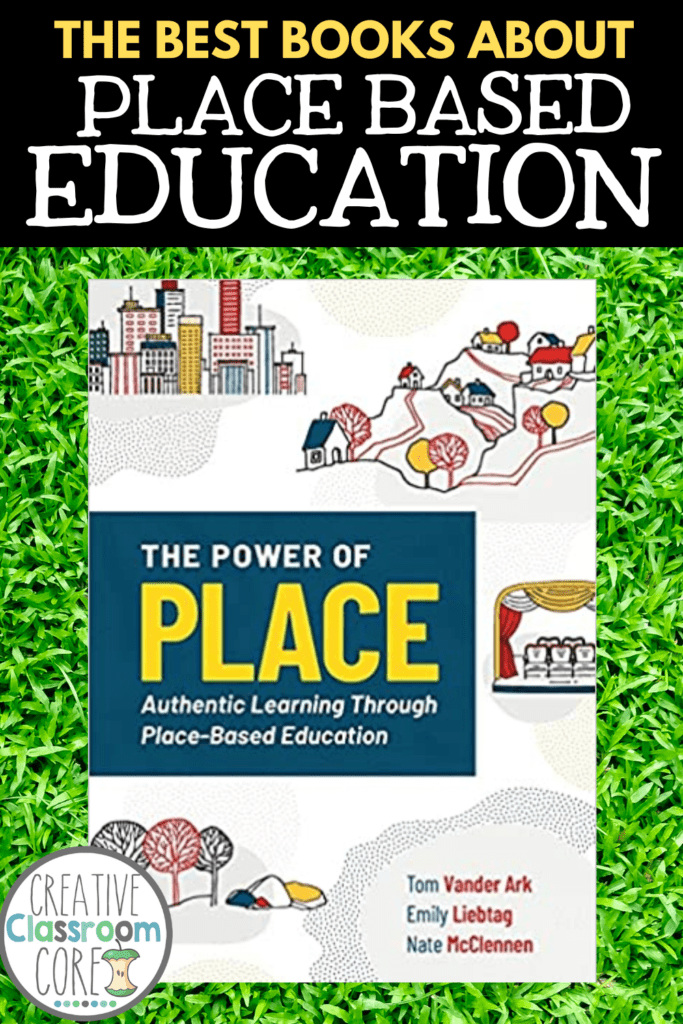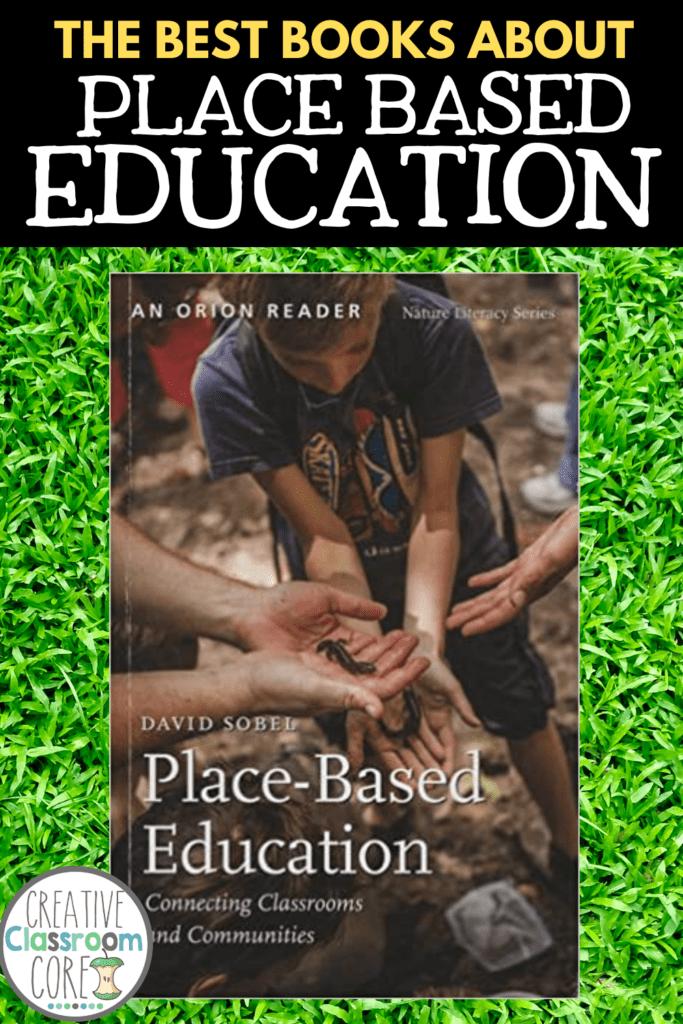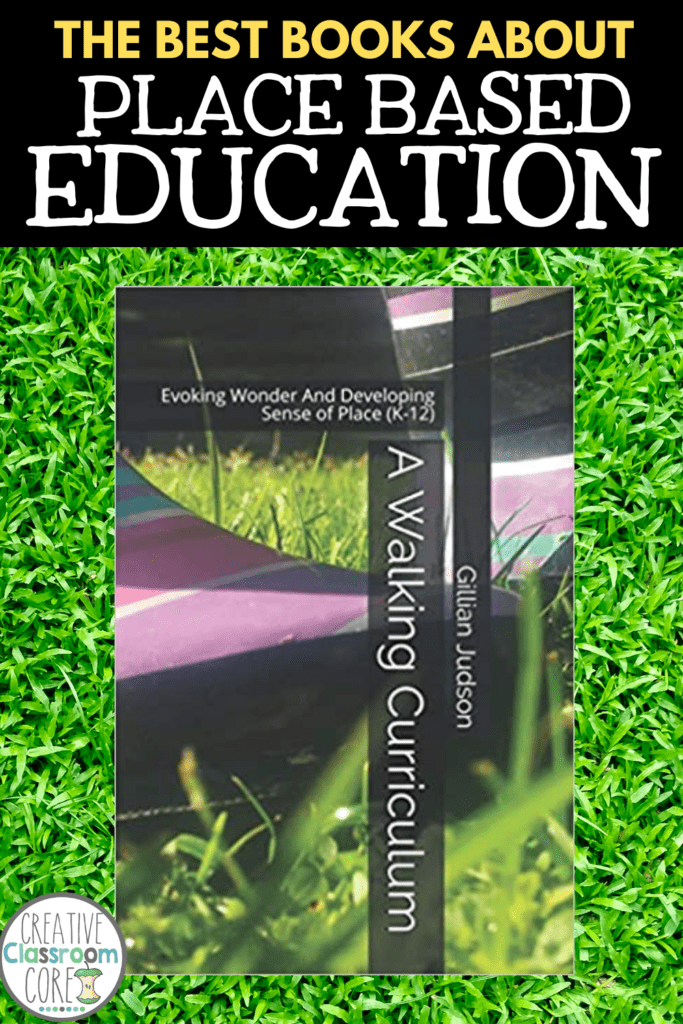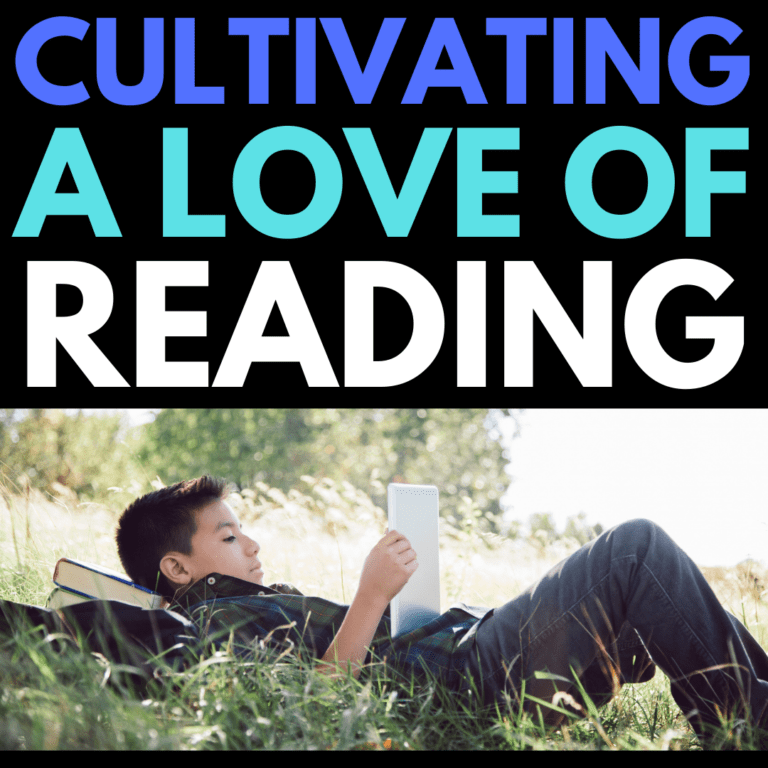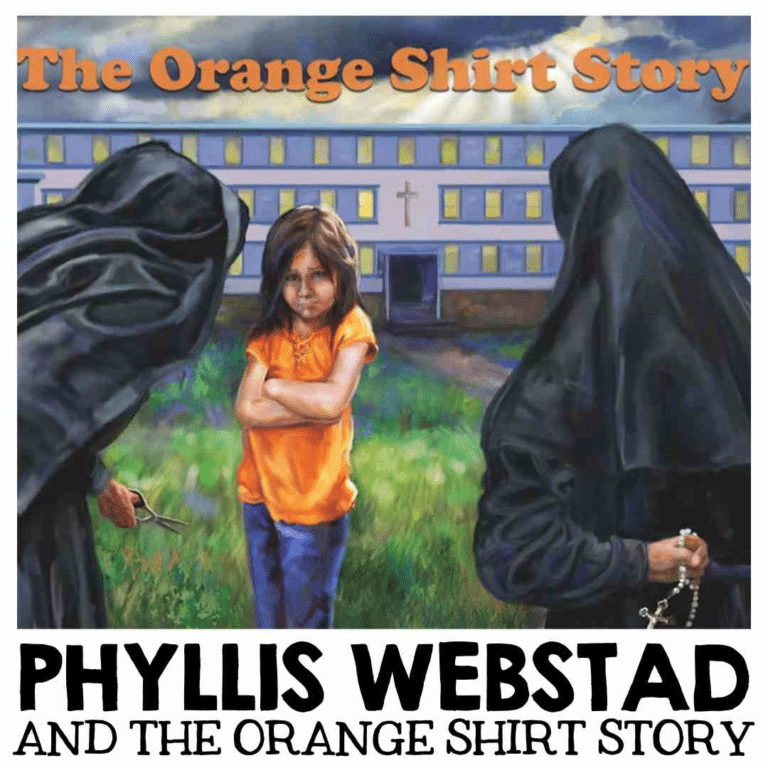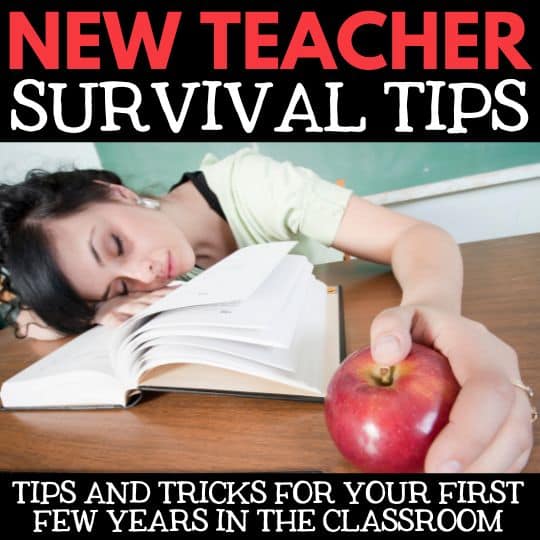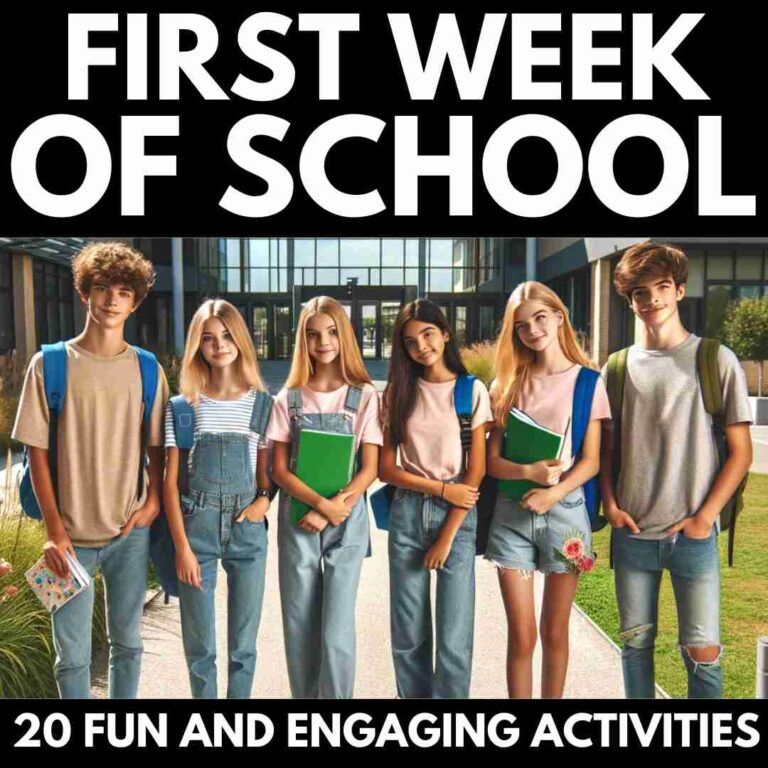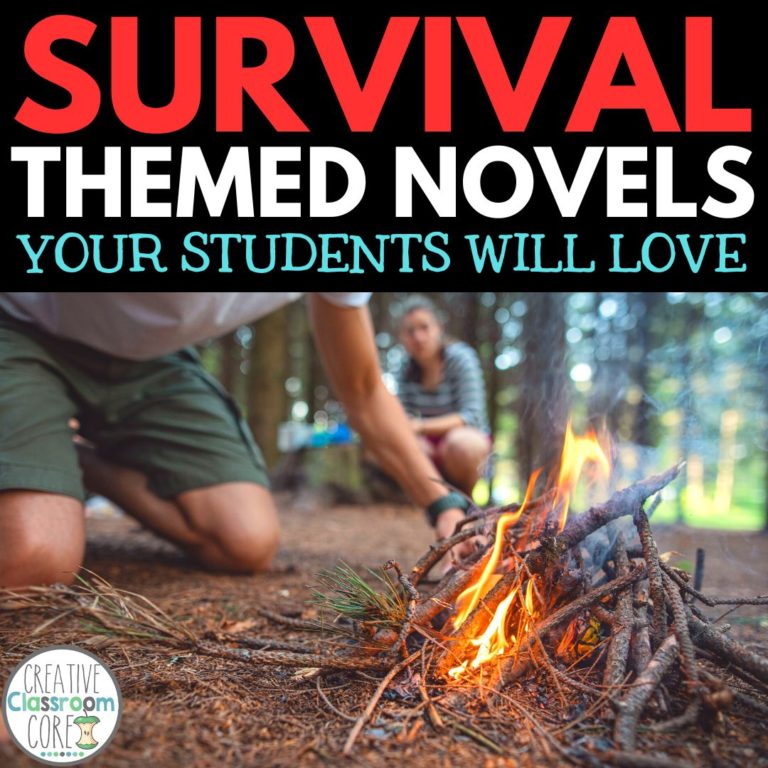What is Place Based Education?
By MARISSA DESPINS Updated April 04, 2024
What is Place Based Education? Those of you who have been following along on the blog for a while know how passionate I am about escaping the 4 walls of the classroom and taking students outside to learn. I am a huge advocate for place based education, and actually spent my last years in the classroom running a place based program for grades K-3. Through this program, I was able to see the benefits first hand with students from a wide range of ages, abilities, and backgrounds.
I often get asked about place based education. While it does involve learning outdoors, there is so much more to it than that. Today I share some details about this pedagogical approach – I hope it inspires you to try some place based lessons with your learners!
For some print-and-go resources to add to your place based curriculum, click on the image or button below!
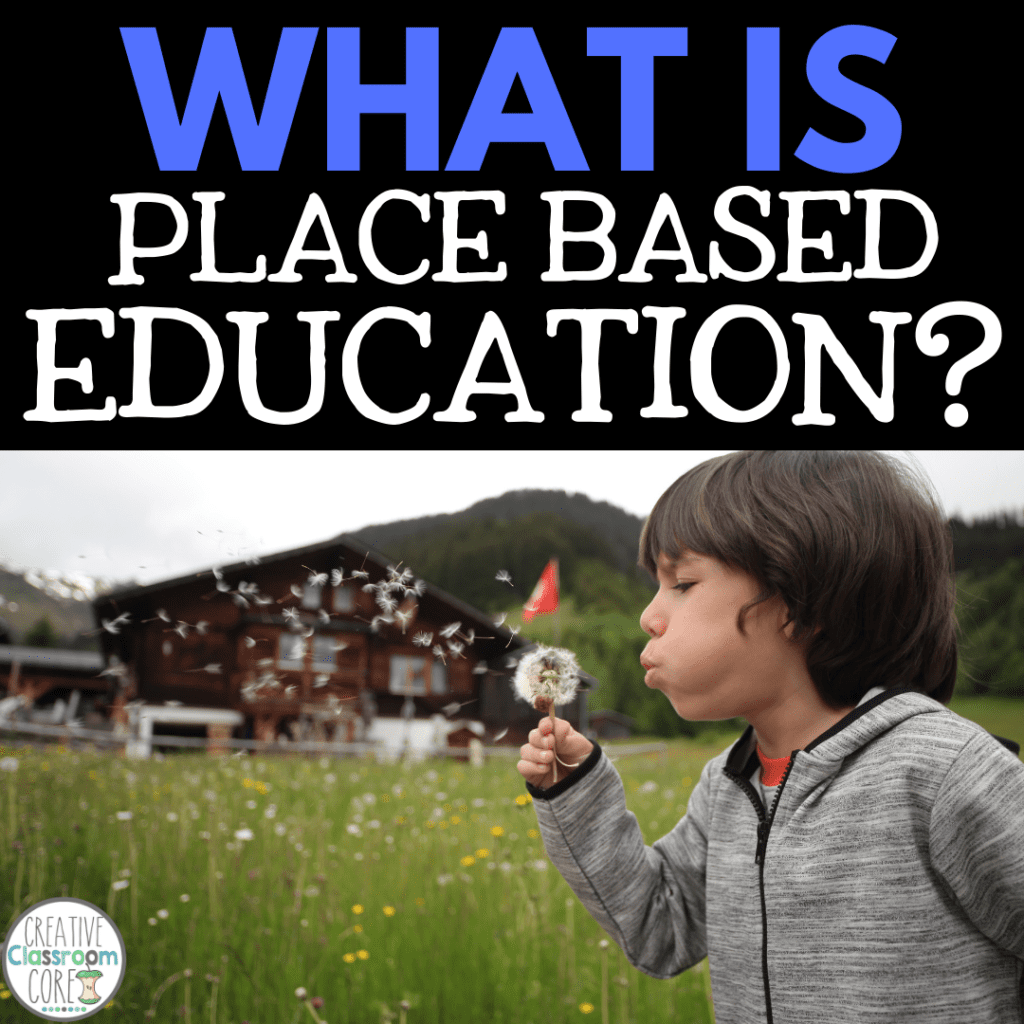
What is Place Based Education?
So, what is Place Based Education, anyway? Place-based education is sometimes referred to as place conscious learning. It is an instructional approach and method of curriculum development that focuses student attention on local culture and issues and uses them as the basis of at least some of the learning they encounter in school. Place Based Education immerses students in local heritage, cultures, landscapes, opportunities, and experiences. It uses these as a foundation for the study of language arts, mathematics, social studies, and other subject areas across the curriculum.
What are some of the Benefits of Place Based Education?
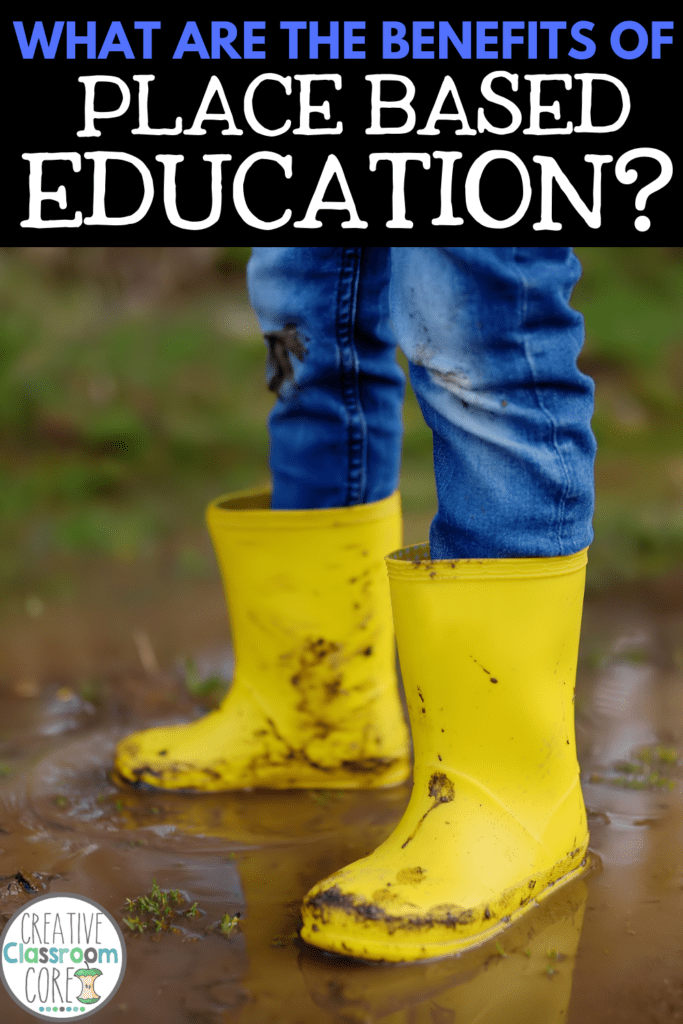
Some of the benefits of this teaching and learning practice include:
⭐Place Based Learning gives students voice and choice in determining what, how, when, and where they learn; students are seen as competent learners who help forge their own program.
⭐Place Based Education strongly grounds students in the understanding of what was here, what is here, and what can be here.
⭐Place Based activities ignite students to take action to make our world a better place.
⭐Place Based learning develops learners who are physically and emotionally resilient and connected to something greater than themselves.
For more information on the benefits of outdoor education, check out our post on Outdoor Sit Spots!
Where can I read more about Place Based Education?
The following books were really helpful when I was first starting out, and are sure to help you answer the question of “What is Place Based Education?”. Check them out below!
As a side note – these are affiliate links. If you happen to purchase a book through these links, Amazon gives me a small kickback (at no additional cost to you). All funds go towards keeping this blog up and running.
The Power of Place: Authentic Learning Through Place Based Education – Tom Vander Ark
This is my number one book choice on the subject of place based learning. The Power of Place by Tom Vander Ark book looks at each of the principles of the educational philosophy, and shows ways that teachers in a variety of contexts have used them to transform their practice and learning experiences.
This is a fantastic book to help teachers who are interested in implementing place based learning strategies. It provides real life case studies and tips for program start up.
To check this book out on Amazon, click here.
Place Based education: Connecting Classrooms and Communities – David Sobel
This book provides some solid background information on the pedagogical approach, and is a great starting point for new teachers. I also really like that it provides real life examples of successful programs run in a wide variety of settings.
To check out a copy of Place Based Education: Connecting Classrooms and Communities by David Sobel on Amazon, click here.
A Walking curriculum: Evoking Wonder and Developing a Sense of Place – Gillian Judson
This book has been my go-to resource for outdoor learning for a number of years, and will definitely help you the question of “What is Place Based Education?”. A Walking Curriculum by Gillian Judson discusses the concept on Imaginative Ecological Education, and ways teachers can extend learning outside the four walls of the classroom. The activities referenced in the the book can be used in any context to develop students’ Sense of Place and to enrich their understanding of curricular topics. An added bonus – activities are provided for both older and younger grades.
To check out a copy on Amazon, click here.
For more great books to add to your professional library, be sure to check out our guide to the very best summer reads for teachers!
Looking for some activities to help students explore your outdoor space?
Click on the image below to go directly to the Outdoor Learning section of my Teachers Pay Teachers store. I have a wide variety of different outdoor lessons available!
Looking for my previous Outdoor Learning posts?
Click on the link below to go directly to my previous outdoor learning posts.
Interested in signing up for my email list?
If you are interested in signing up for my email list, you can do so by clicking on the link below. I periodically send out emails with free resources, teaching tips, and exclusive deals. Signing up will also give you immediate access to some of my best selling Interactive Notebook resources – foldables, graphic organizers, and other fun activities.
